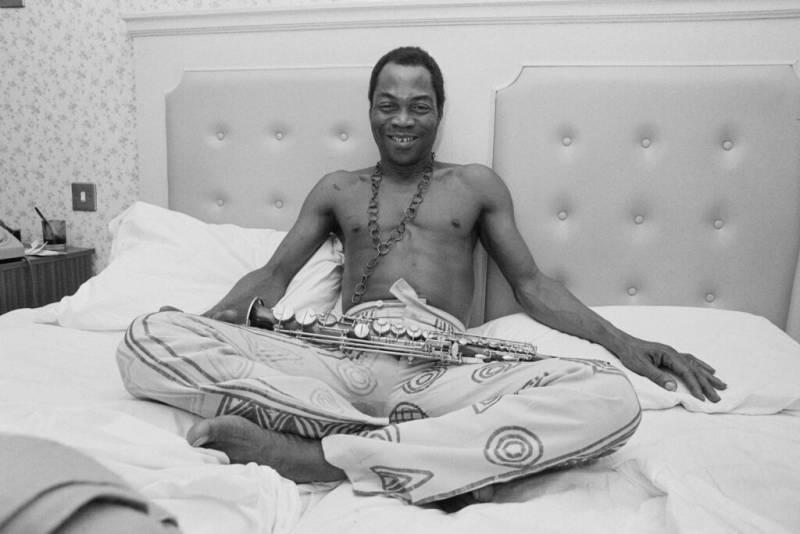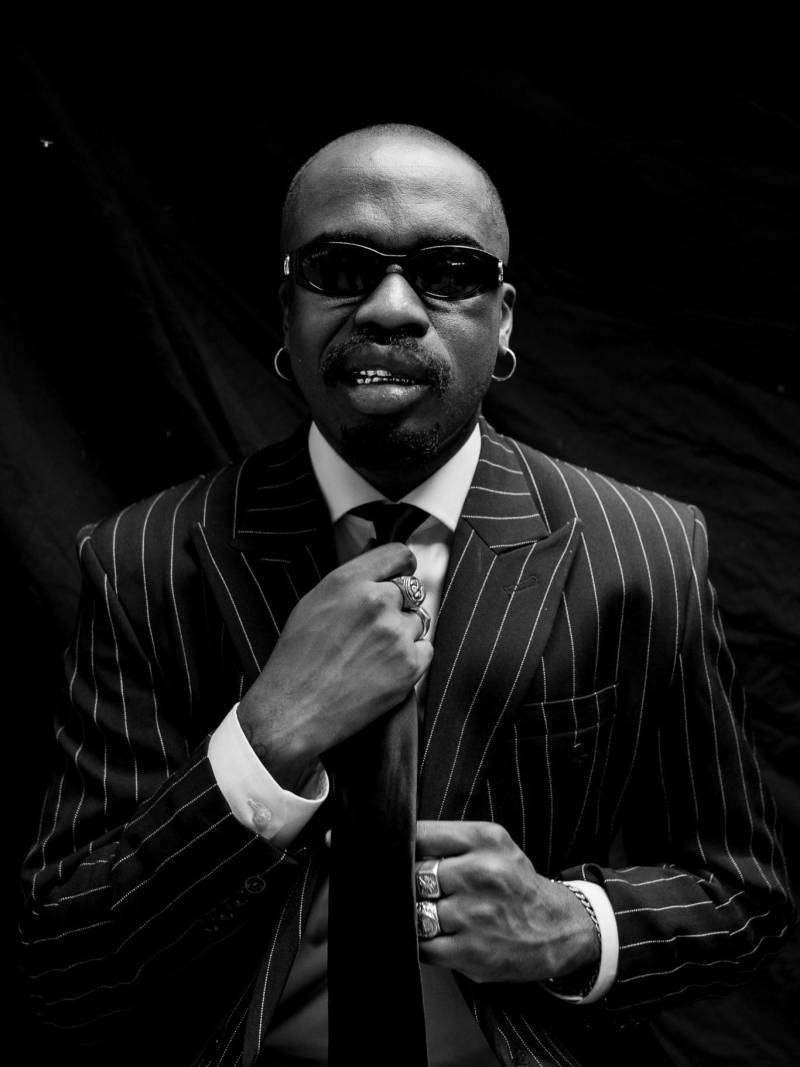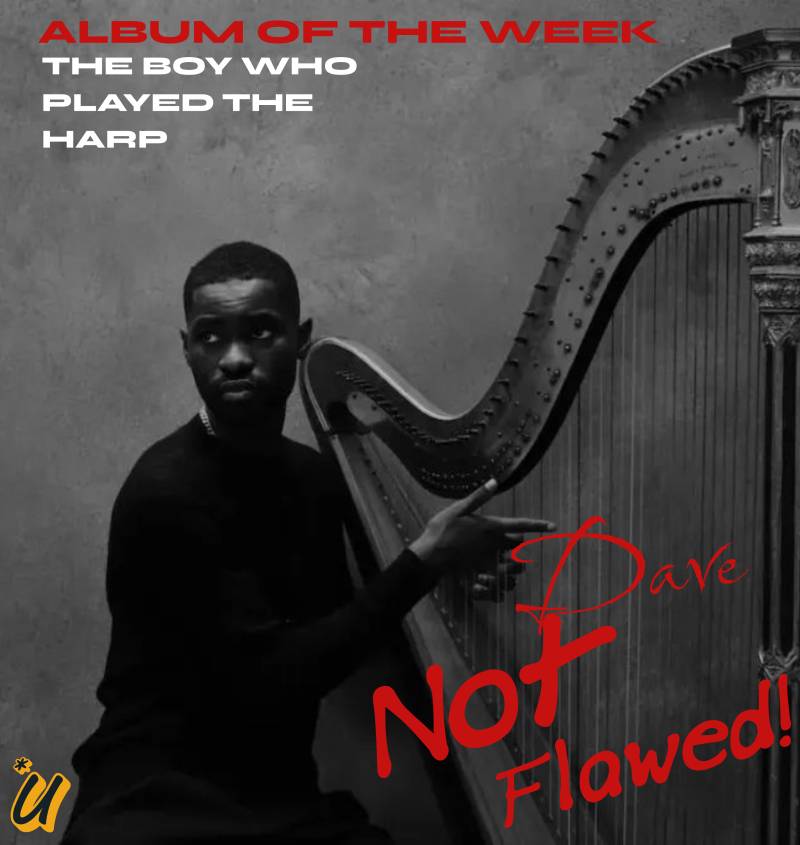Together, Fela Kuti and Talking Heads represent two of the most singular forces to ever grace the global stage of music. Every now and then music needs somebody to come along, grab it by the lapels and rattle it about like a pinball in-play during an earthquake, if Fela Kuti was a figurative tectonic plate then Talking Heads were pinball wizards.
David Byrne and the band moseyed up to the music industry, introduced themselves as an intergalactic presence, walked it hand-in-hand to the dancefloor and showed it how to make Flippy Floppy. As bassist Tina Weymouth once said, “When Talking Heads started, we called ourselves Thinking Man’s Dance Music.” This notion was one that caught on to the trail that Kuti had previously blazed.
Fela Kuti is one of music’s true enigmas. Born in the Western region of Nigeria among the country’s elite in 1938, he ventured away from the blue skies of home to the rather grey climes of London in the mid-1950s to be trained up as a doctor. He was already musically inclined when he arrived in the capital, but soon he’d be so intoxicated by the spirit of American Jazz that he was essentially unfit to attend school. He downed his scalpel, picked up his shaker, and entered the Trinity College of Music.
Kuti was coming at music from a different perspective to most. He was proficient on the drums, keyboard, guitar, saxophone, singing, and jive about like a Lemur behind a jackhammer. However, he was far from the only multi-instrumentalist with character on the scene. What made him stand out was the wavering path of his eventful life and the views he had collected along the way. Thereafter his life was like some manic acid-soap opera, but it was one that undoubtedly changed the world of music.
There is a tendency in music to reserve the word ‘masterpiece’ for only the most earnest of works and taint anything sincere and joyful with the sordid tag of ‘satire’. However, Talking Heads’ classic ‘Once In a Lifetime’ is a raucous work in eviscerating subtly, but it is hard to imagine anything more singular that is so simultaneously poignant and playful. Behind this masterpiece is a huge dollop of Fela Kuti’s Afrobeat’s legacy.
When taking a deep dive beyond the song’s gaudy surface, you unearth various musicological anomalies. The song is somehow incredibly busy sounding but features very few chord changes. Synthesisers meddle with the more traditionally folky Hammond organ, rhythms overlap, reggae-like guitar playing meets with funkadelic bass and dubby drums all creating a wall of sound that is somehow like nothing you’ve ever heard before but unmistakably Talking Heads. No doubt a central protagonist to this unique genre-blending sound was producer Brian Eno.
Previously, Eno introduced the band to Africa’s most challenging musical export Fela Kuti, which explains the Afrobeat undertones. Kuti’s music has a similar rhythmic cacophonous sound from his heady mix of West African rhythms, American jazz and a whiff of rock ‘n’ roll. What’s more, the way he paraded around at the front of his massive band like a pastor extolling virtues was hugely influential on Byrne’s delivery. In an interview with NPR, rock music’s most whimsical frontman elucidated a semblance of meaning behind the lyrics by stating the following, “We operate half-awake or on autopilot and end up, whatever, with a house and family and job and everything else, and we haven’t really stopped to ask ourselves, ‘How did I get here?’”
Singer-songwriter Robert Palmer was also present at the recording sessions lending his musical talents to rolling jams. It was this mixed-up world of instrumentation and energies that, ultimately, results in the songs strident sound. The best parts of these ensemble jams were recorded and looped into finished songs, inadvertently achieving something like modern sampling sessions, which Kuti had previously achieved by having multiple layered instruments. From the outside looking in, all this seeming disorder sounds like the exact sort of frantic creative space that Byrne would relish, the final frenetic sound that they managed to capture is testimony to this.




